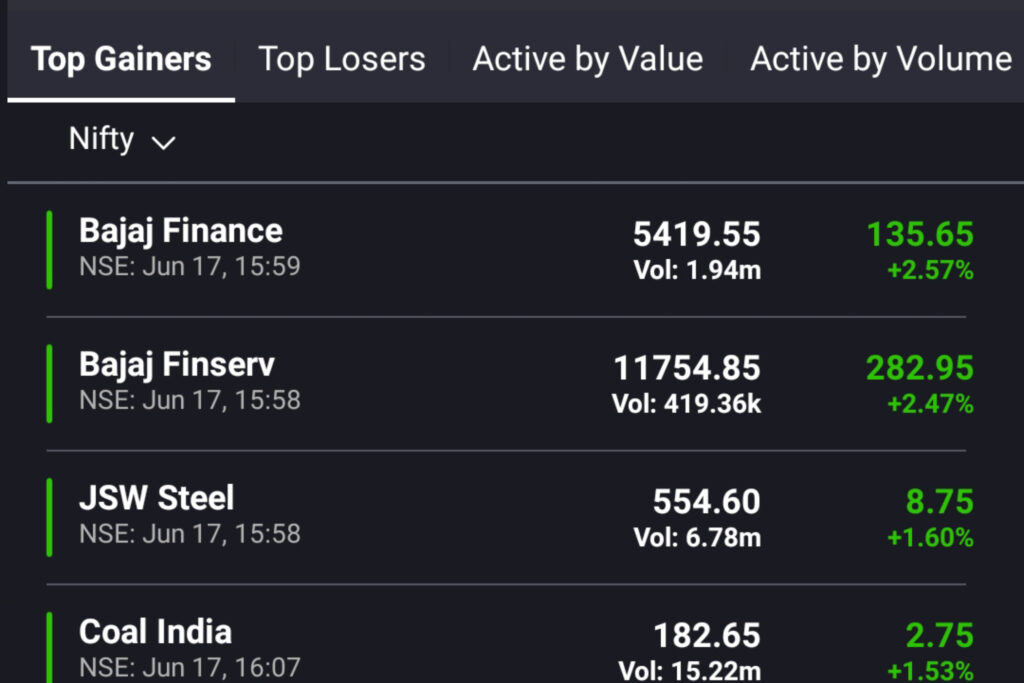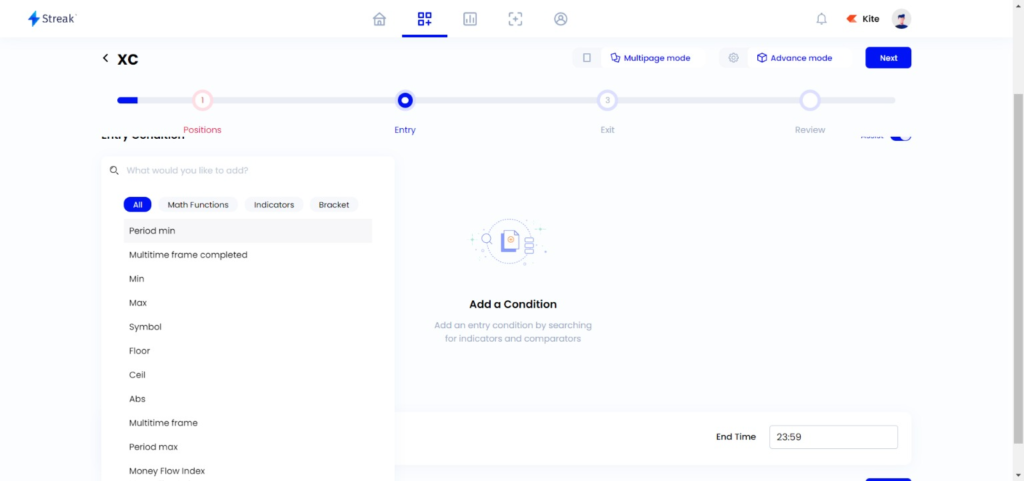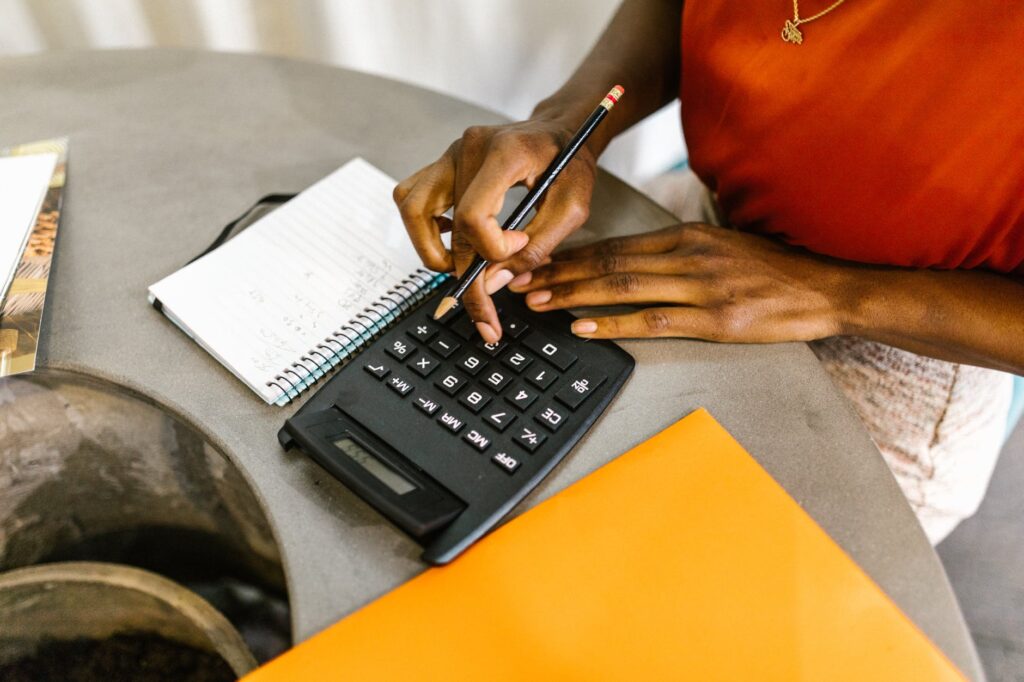
ChatGPT, Chat GPT, chat gpt…
Chatgpt is everywhere !!
What’s the big deal? Why is everyone so excited about chatgpt?
Let’s look at chatgpt in this blog post and how it can be used in trading.
We’ll also take a closer look at ChatGPT’s many uses in the trading sector, including its capacity to teach us, compute, build tools, analyze unstructured data, produce trading insights etc.
We’ll also discuss the possible restrictions and moral implications of employing this technology.
Join us as we dig into the fascinating area of AI-assisted trading and explore the almost endless potential of ChatGPT for trading.
So, what is ChatGPT anyway?
OpenAI, a private AI research organization, was created in 2015 by Elon Musk, Sam Altman, Greg Brockman, Ilya Sutskever, Wojciech Zaremba, and John Schulman.Its purpose is to develop safe artificial intelligence for the benefit of all humanity.
AI is the replication of human intelligence in computers that can think and learn. It encompasses a broad range of technologies and methodologies, including machine learning, natural language processing, and robots.
ChatGPT is an OpenAi language model. It produces text that resembles human speech using deep learning methods, notably a transformer architecture variation.
It may be optimized for a variety of NLP applications, such as text completion, question answering, and language translation.
It can be used in all aspects of life, such as
Health, beauty and fitness,
Career and education,
Make money online,
Technology,
Personalization etc.
The applications are truly limitless…
Alright. Now, how do I use Chatgpt?
The following actions need be taken in order to utilize chatgpt for nearly everything:
– Access [openai.com](http://openai.com/).
– Create an account.
– Obtain access.
– Sign in.
– Launch a new conversation.
– Pose a question.
– Click “Enter”.
Yes…
It’s that easy…
Sometimes, you might have to wait to access it due to the heavy demand.
I’m very excited. What are the benefits and drawbacks?
Pros
Use of it is totally free.
It may be used to create content and ideas.
Nearly all of your questions may be resolved by it.
Chatgpt can be used to learn anything.
Cons
It is now free but might eventually change to a paid or freemium service.
It includes information from before to 2021.
Errors might happen as a result.
Copying and pasting the chatgpt material is not always safe. If plagiarism and AI detection algorithms find it, it may destroy your online business.
You may occasionally have chatgpt capacity issues since it is currently in high demand.
Chatgpt for trading : Uses
The use of Natural Language Processing (NLP) for financial news and analysis allows ChatGPT to create reports and alerts for traders, identify sentiments, as well as summarize and filter the pertinent information from financial news items.
Predictive modeling and price forecasting: ChatGPT may be used to examine past data to find trends that can be utilized to estimate future pricing and trends. Utilizing machine learning methods, it may also be adjusted to produce predictions.
Automated trading and decision-making: ChatGPT may be used to create trading strategies and signals as well as to execute trades based on its projections and analyses. Making quicker and more informed decisions is facilitated by this for traders.
Portfolio management: ChatGPT may be used to assess the performance of various assets, including bonds and equities, and offer suggestions for portfolio management.
Risk management: ChatGPT may be used to assess and analyze risk variables, including market conditions and economic data, and to suggest risk management plans.
Reporting for compliance and regulatory purposes: ChatGPT may be used to extract crucial data from legal and compliance documents, such as financial statements, and provide reports for compliance and regulatory needs.
In addition to these uses, it can also do the following…
Sentiment analysis: ChatGPT may be used to examine social media and news items in order to assess public sentiment toward a particular company or sector, which can be a significant factor in a stock’s performance.
Text summarization: ChatGPT may be used to condense financial reports and news items, facilitating the speedy assimilation of crucial information by traders.
News creation: ChatGPT can create financial news pieces, which may give traders important knowledge on current events and market patterns.
Chatbot/virtual assistance: With the help of ChatGPT, traders may construct chatbots or virtual assistants that can offer them real-time information and support.
ChatGPT can translate financial news and reports from various languages, enabling traders to obtain information from other nations.
Data cleaning and pre-processing: ChatGPT may be used to extract, clean, and pre-process huge amounts of data from a variety of sources, which can then be utilized for additional analysis or modeling.
Additionally, adequate testing and validation should be conducted before using ChatGPT in trading to guarantee its effectiveness and adherence to legal standards.
The output of ChatGPT should be analyzed and verified by subject-matter specialists including traders, financial analysts, and economists. It is crucial to remember that ChatGPT is a language model.
It’s important to remember that while ChatGPT is a strong model, trading decisions should also be based on other methods, such as fundamental and technical analysis.
Chatgpt usecases & examples in trading
One potential use case of ChatGPT for trading is to use it for natural language processing (NLP) of financial news and analysis. Here’s an example of how this might work:
ChatGPT is trained on a dataset of financial news articles to learn the language and terminology used in the financial industry.
Next, a significant amount of financial news articles are scanned and processed using the model in real-time.
ChatGPT can be used to extract important information from articles, such as: Company name, share price, financial data. This model can also be used to identify sentiment and sentiment trends. It can be used to predict the future performance of stocks. Extracted information and sentiment analysis can be used to generate reports and alerts that help traders make faster and more informed trading decisions.
The model can also be used to summarize news articles, making it easier for traders to quickly understand important information. This model can also be used to generate financial news stories that can provide traders with valuable information about market trends and events.
ChatGPT can also be used to translate financial news and reports from other languages, giving traders access to information from other countries. It is important to note that ChatGPT is just one tool of his in a trader’s toolkit and its results should be interpreted and verified by experts in the field such as traders, financial analysts and economists.
Additionally, commercial use of ChatGPT must undergo appropriate testing and validation to ensure its performance and compliance with regulatory requirements.
Predictive modelling and price forecasting are two additional potential commercial applications for ChatGPT. Here is an illustration of how it functions.- First, a dataset of historical stock prices and market data is used to fine-tune ChatGPT.
After identifying patterns that can be used to forecast future prices and trends, models are then used to analyse historical data.- ChatGPT can be used to predict future stock prices using a variety of machine learning techniques, including deep learning, time series analysis etc.-
This model can be used to pinpoint important variables that are likely to have an impact on stock prices and make predictions based on those variables.- Trading signals and strategies can be created using forecasts produced by models to assist traders in making more informed trading decisions. .
In addition, this model can be used to evaluate the performance of various assets, including stocks and bonds, and provide portfolio management advice. Assisstance can be used to assess and analyse risk factors, including market conditions and economic indicators, and offer advice on risk management tactics.- Traders can receive real-time information and assistance from chatbots or virtual support created using ChatGPT.
It’s important to note that ChatGPT is just one tool in a trader’s toolkit and its output should be interpreted and validated by experts in the field, such as traders, financial analysts, and economists.
Additionally, the use of ChatGPT for trading should be subject to proper testing and validation to ensure its performance and compliance with regulatory requirements.
Another potential use case of ChatGPT for trading is to use it for automated trading and decision-making. Here’s an example of how this might work:
First, ChatGPT is fine-tuned on a dataset of historical stock prices and market data, as well as trading strategies and decision-making rules. .
Next, the model is used to generate trading signals and strategies based on its analysis of the historical data and market conditions…- ChatGPT can be integrated with a trading platform allowing it to execute trades based on its predictions and analysis.
The model can also be used to constantly monitor the market and adjust trading strategies in real-time based on changing market conditions.- The model can also be used to analyze and evaluate the performance of different assets, such as stocks and bonds, and make recommendations for portfolio management.
The model can also be used to analyze and evaluate risk factors such as market conditions and economic indicators, and make recommendations for risk management strategies.
ChatGPT can also be used to create a chatbot or virtual assistance for traders, which can provide them with real-time information and assistance.- The model can also be used to monitor and comply with regulations and legal requirements.
It’s important to note that ChatGPT is just one tool in a trader’s toolkit and its output should be interpreted and validated by experts in the field, such as traders, financial analysts, and economists.
Additionally, the use of ChatGPT for trading should be subject to proper testing and validation to ensure its performance and compliance with regulatory requirements.
Another potential use case of ChatGPT for trading is to use it for backtesting trading strategies. Here’s an example of how this might work:
– First, ChatGPT is fine-tuned on a dataset of historical stock prices and market data, as well as trading strategies and decision-making rules.
– Next, the model is used to generate and test multiple trading strategies using historical data.
– ChatGPT can be used to simulate the performance of the different strategies under different market conditions, and evaluate their performance.
– The model can also be used to identify patterns and trends in historical data that can be used to optimize trading strategies.
– The model can also be used to evaluate the impact of different parameters and variables on the performance of the strategies.
– The model can also be used to identify and evaluate the performance of different assets, such as stocks and bonds, and make recommendations for portfolio management.
– The model can also be used to analyze and evaluate risk factors, such as market conditions and economic indicators, and make recommendations for risk management strategies.
– ChatGPT can also be used to create a chatbot or virtual assistance for traders, which can provide them with real-time information and assistance.
It’s important to note that backtesting is an important step to evaluate the performance of trading strategies, but it has its own limitations, such as survivorship bias, lookahead bias and more.
Additionally, the use of ChatGPT for trading should be subject to proper testing and validation to ensure its performance and compliance with regulatory requirements.
Can you give me specific examples?
How to create your very own tradingview indicator?
Prompt :
Tradingview pine script code [indicator conditions]
Example :
Tradingview pine script code 10 20 ema crossover.
Click below to see how it works in this video..
How to do algo trading with chatgpt?
– Begin by installing and setting up ChatGPT, the language generation model developed by OpenAI.
– Next, identify the markets or assets you want to trade in, such as stocks, currencies, or commodities.
– Gather and analyze historical data for the markets or assets you have chosen. Use this data to train your ChatGPT model to understand the patterns and trends in the markets.
– Once the model is trained, you can use it to generate predictions for future market movements.
– Use these predictions to make trades in the markets or assets you have chosen.
– Continuously monitor the performance of your trades and adjust your strategy accordingly.
– It is important to use risk management techniques such as stop loss and take profit orders, to mitigate any potential losses.
– Regularly retrain your ChatGPT model with new data to ensure it remains up-to-date and accurate.
Note: Algo trading with ChatGPT is a complex process and requires significant knowledge and understanding of the markets, as well as a strong understanding of the ChatGPT model and its capabilities. It is recommended that you consult with a financial advisor or professional before attempting to use ChatGPT for algo trading.
How to train chatgpt ?
– Begin by installing and setting up ChatGPT, the language generation model developed by OpenAI.
– Gather a large dataset of text that you want your ChatGPT model to learn from. This can include news articles, books, or other text that is relevant to your specific application.
– Use the OpenAI API or the Hugging Face API to fine-tune the pre-trained ChatGPT model on your dataset.
– Adjust the parameters of the model, such as the number of layers and the number of neurons, to optimize its performance on your dataset.
– Train the model by feeding it your dataset and adjusting the parameters. The training process can take several hours or days depending on the size of your dataset and the complexity of your model.
– Once the training is complete, evaluate the performance of the model by testing it on a separate dataset.
– Use the test results to fine-tune the model further, by adjusting the parameters or adding more data to the training set.
– Repeat the process until you are satisfied with the performance of the model.
Note: Training a ChatGPT model is a complex process and requires significant knowledge of machine learning and natural language processing. It is recommended that you consult with a professional or seek guidance from the OpenAI community before attempting to train your own ChatGPT model.
Use of chatgpt in my 10 steps process for complete beginners in trading
Trading basics – To learn the basics of trading, you can research various online resources such as books, articles, and tutorials. ChatGPT can also assist in answering specific questions or doubts you may have about trading.
Trading strategy – ChatGPT can assist in researching and identifying different trading strategies that align with your investment goals and risk tolerance.
Paper trading – This is a way to practice and test trading strategies before committing real money. ChatGPT can assist in finding platforms that offer paper trading simulations.
Backtesting – Backtesting is a way to evaluate the performance of a trading strategy by testing it on historical market data. ChatGPT can assist in finding software or tools that can help you backtest your strategies.
Trading journal – Keeping a trading journal can help you track your trades and analyze your performance. ChatGPT can assist in finding templates or software to help you create a trading journal.
Money management – ChatGPT can assist in researching and identifying money management techniques to help you make informed decisions about your trading capital.
Emotional management – Trading can be emotional, and managing those emotions is important for making sound decisions. ChatGPT can assist in researching techniques for emotional management, such as mindfulness or stress management.
Trading plan – Developing a trading plan can help you stay organized and focused. ChatGPT can assist in finding templates or examples of trading plans to help you create your own.
Open trading and brokerage account – ChatGPT can assist in researching and comparing different brokerage firms to help you open a trading account.
Start trading small – It is recommended to start with small amounts of capital when first starting to trade. ChatGPT can assist in finding resources on how to manage risk when starting to trade small.
About Post Author
Resources & Links
Tradingview – Charting Platform
Zerodha – Trading brokerage platform (India)
Disclaimer
Trading involves substantial risk, and past performance is not indicative of future results. Always conduct your own research and consider seeking professional advice before making any investment decisions. The information provided on this platform about digital entrepreneurship is based on the author’s experiences and industry knowledge. It should not be considered as financial, legal, or business advice. Please consult with experts in these fields before making business decisions. This blog may contain affiliate links, and we may earn a commission if you make a purchase through these links. Your support is appreciated.









